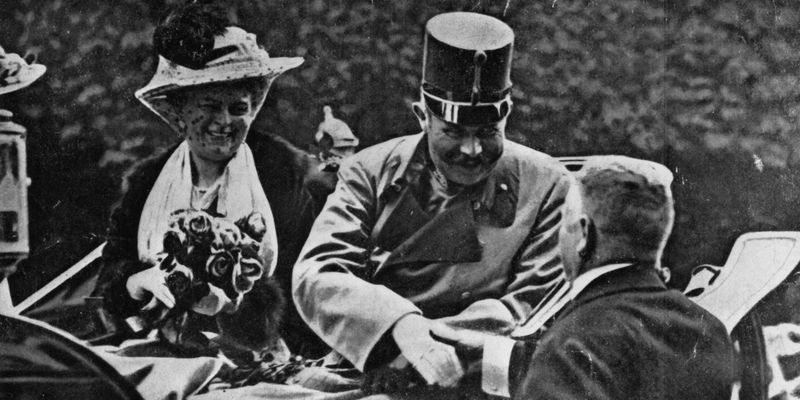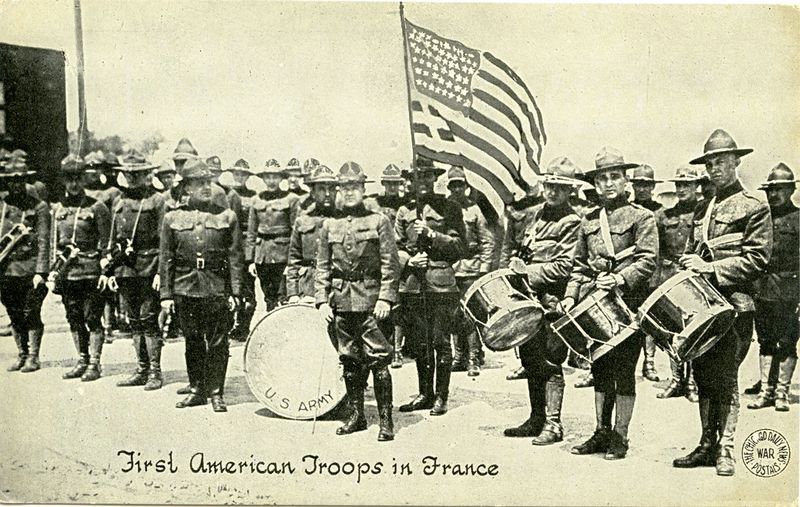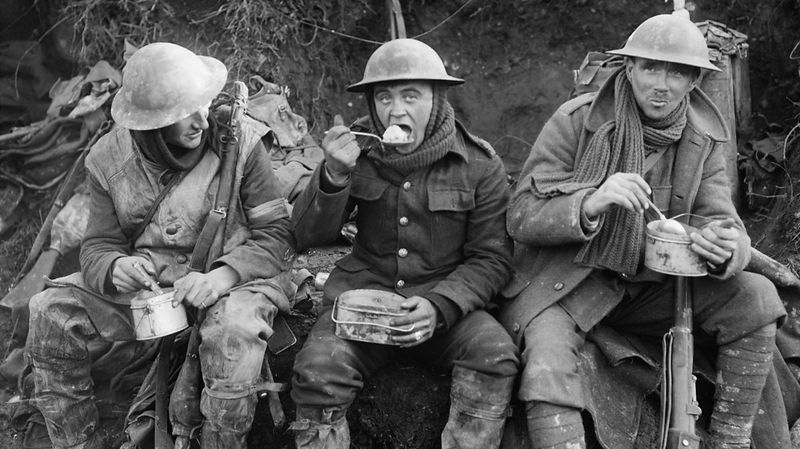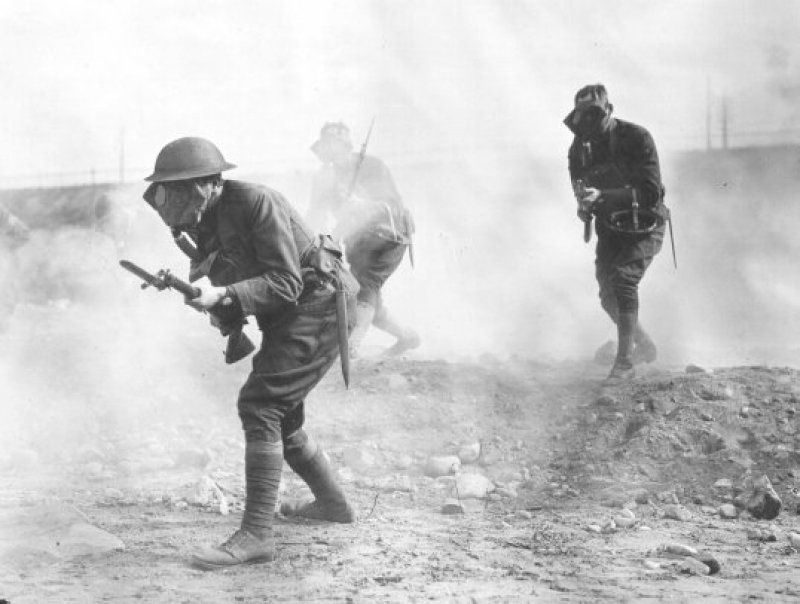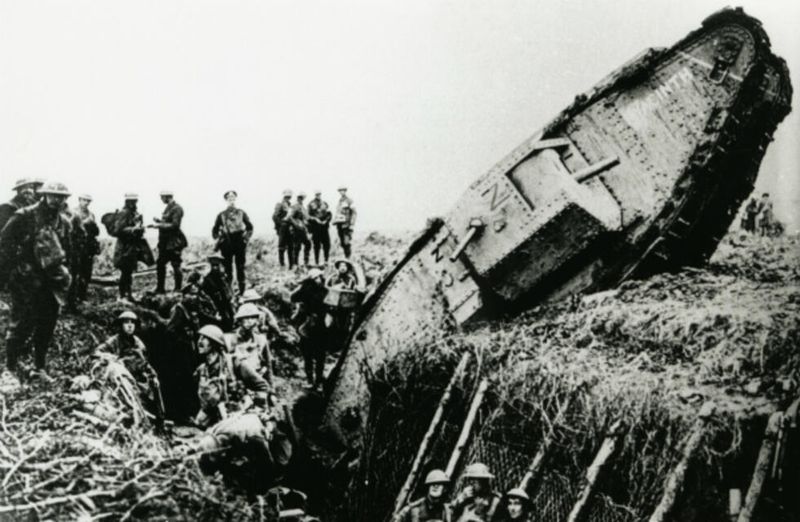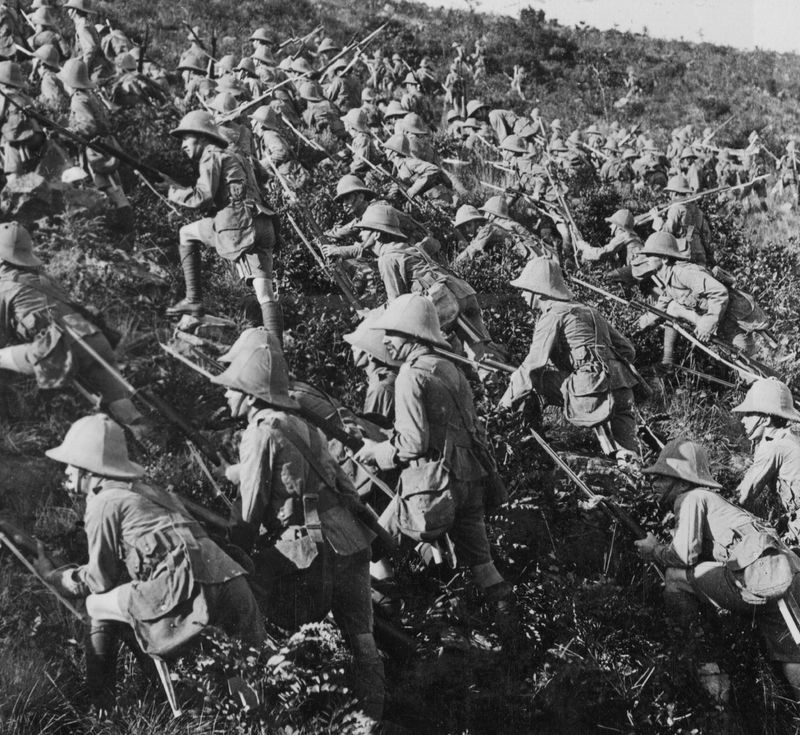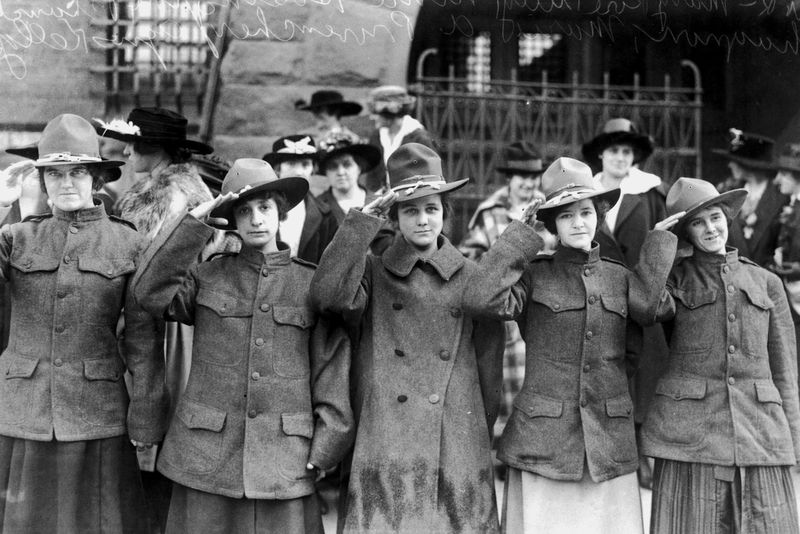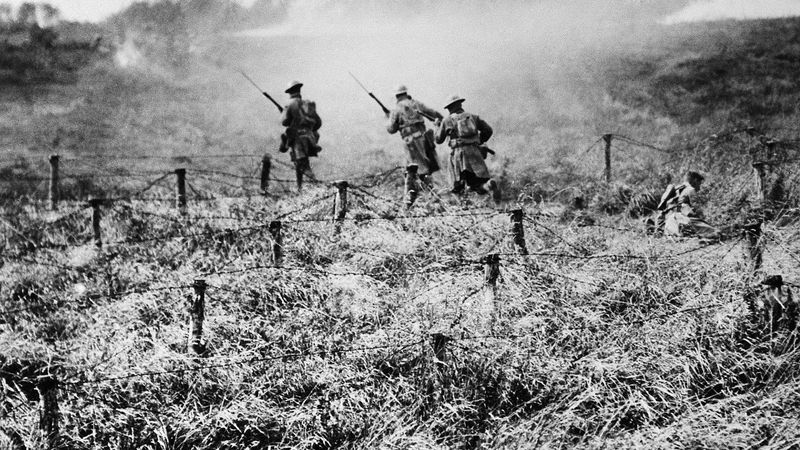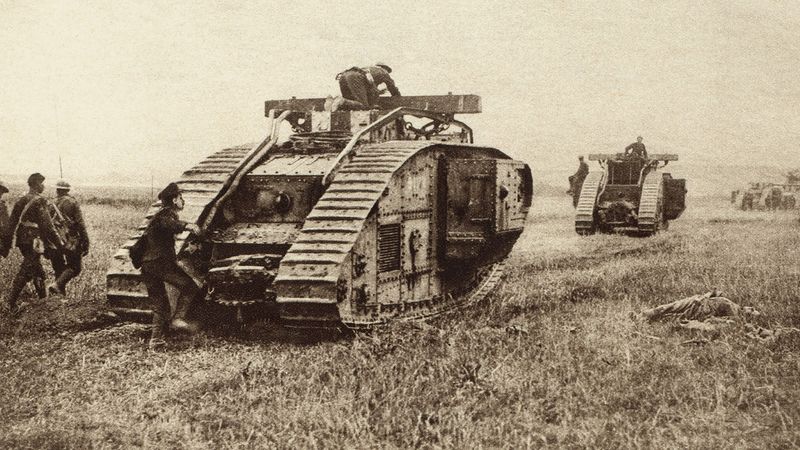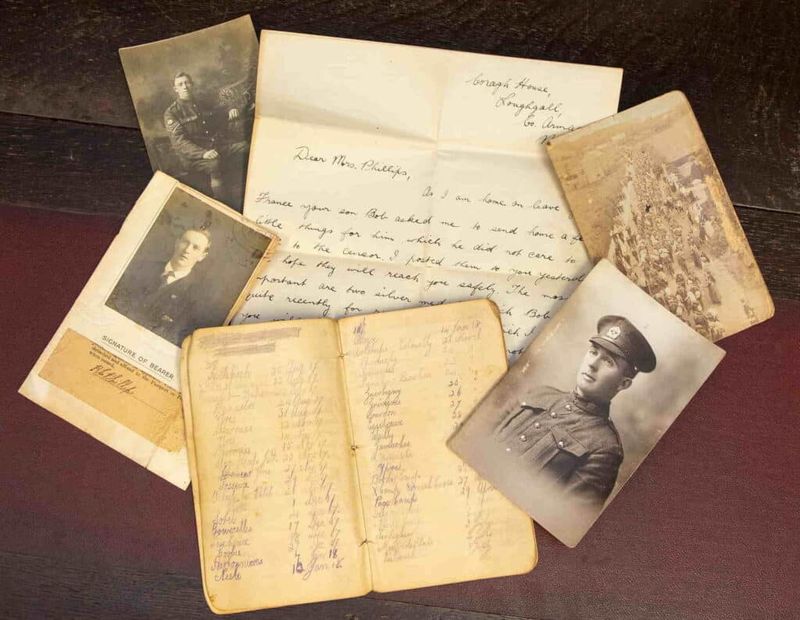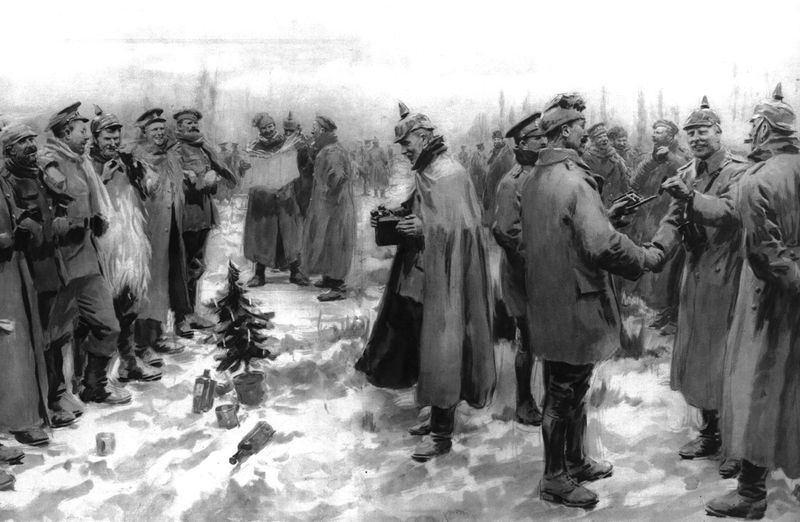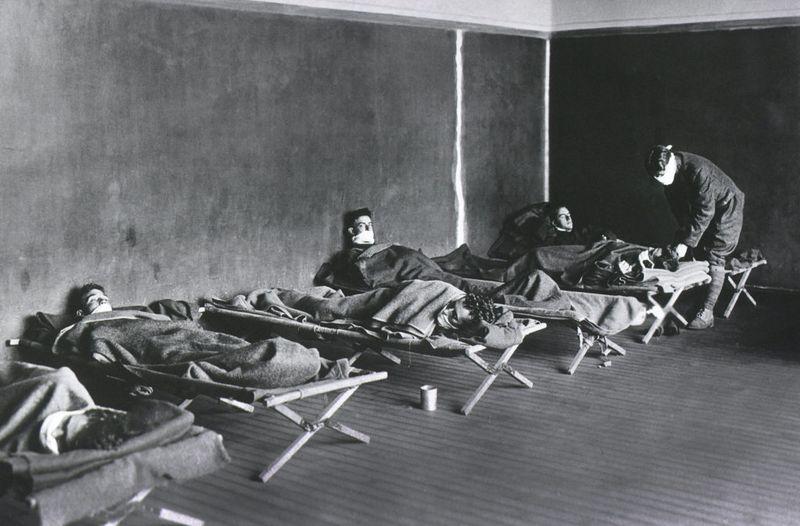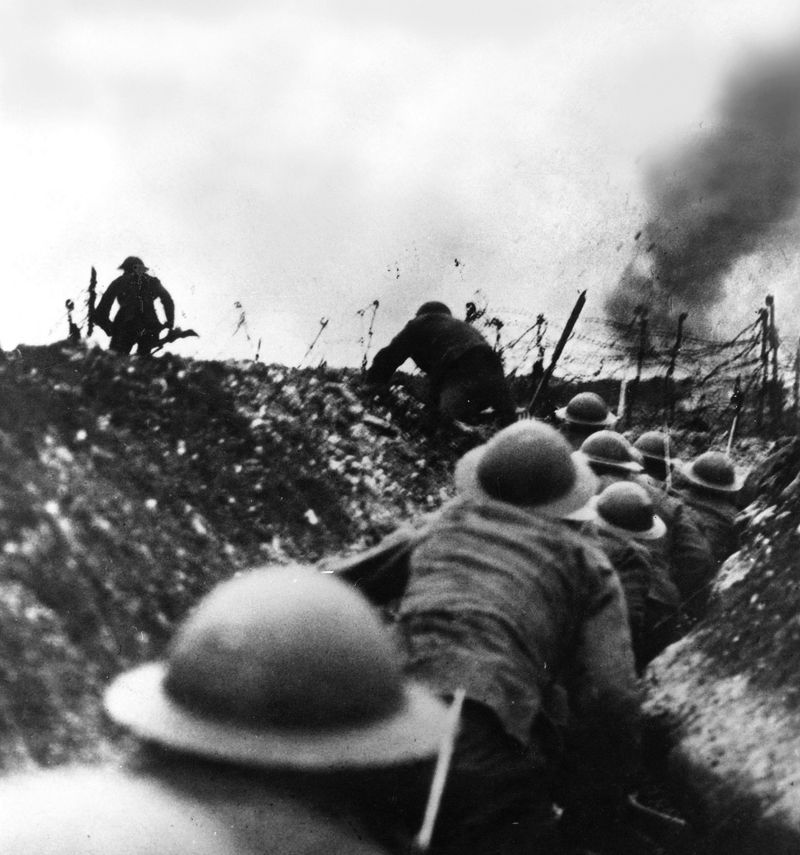Over a century later, World War I remains a foggy chapter in history—one filled with trench warfare, iconic mustaches, and misunderstood facts. Despite all the documentaries and textbooks, some myths just won’t die. Here are 17 WWI misconceptions that are still tripping up history students today.
1. It Was All About Trench Warfare
Trench warfare is often seen as the hallmark of World War I. Yet, the war’s scope went far beyond the muddy trenches of the Western Front. In the Middle East, Africa, and Eastern Europe, the conflict involved mobile warfare with cavalry charges and desert battles. These diverse theaters of war reveal a complex military landscape that defies the stereotype of static trench life. While the trenches were brutal, they were not the whole story. Understanding the varied warfare tactics enriches our comprehension of this global conflict.
2. Archduke Franz Ferdinand’s Death Caused the War
The assassination of Archduke Franz Ferdinand is often cited as the immediate catalyst for World War I. However, Europe was already a tinderbox of political tensions. Long-standing alliances, an arms race, and imperial rivalries had set the stage for conflict. The Archduke’s death merely ignited the pre-existing powder keg. Examining these complex causes helps students grasp the intricacies behind the war’s outbreak and challenges the oversimplified narrative.
3. America Won the War
The entry of the United States into World War I in 1917 was a turning point, but claiming America ‘won’ the war oversimplifies a complex victory. French and British forces had already endured years of grueling battles. America’s involvement provided a crucial boost in morale and resources. However, it was the cumulative efforts of the Allies that brought the war to an end. Recognizing the shared sacrifices across nations honors the true collaborative nature of the victory.
4. Soldiers Were Constantly Fighting
World War I soldiers faced unimaginable hardships, but continuous combat wasn’t one of them. Life in the trenches was marked by long periods of waiting, punctuated by intense, brutal skirmishes. During lulls, soldiers wrote letters, maintained equipment, and coped with fear and boredom. These quieter moments, though less dramatic, were integral to the soldiers’ daily experience. Understanding the rhythm of trench life challenges the notion of non-stop battle.
5. Gas Attacks Were the Worst Killers
The horror of gas attacks in World War I left a lasting psychological scar. Yet, artillery, not gas, was the deadliest force on the battlefield. While chemical weapons were terrifying, they accounted for a smaller percentage of fatalities compared to shellfire. The psychological impact of gas warfare continues to overshadow its actual lethality. This distinction highlights the nuanced reality of warfare and its psychological warfare tactics.
6. Everyone Was Patriotic and Eager to Join
At the outset of World War I, a wave of patriotism swept through nations. However, this enthusiasm waned as the war dragged on. By 1917, disillusionment led to desertions and mutinies. The initial fervor faded amidst the horrors of prolonged conflict. Many soldiers continued to fight out of duty rather than zeal. Revisiting these shifting attitudes reveals the emotional complexity of wartime participation, challenging the myth of unwavering patriotism.
7. The Treaty of Versailles Ended the War
The Treaty of Versailles, signed in 1919, is often seen as the formal end of World War I. However, the armistice of November 1918 effectively halted the fighting. Moreover, numerous regional conflicts continued beyond the treaty’s signing. The treaty’s harsh terms also sowed resentment, paving the way for future hostilities. Understanding its true role in the war’s conclusion and the geopolitical landscape provides a fuller picture of its impact.
8. Tanks Dominated the Battlefield
Tanks in World War I were innovative but not yet dominant forces. Introduced late in the war, they faced mechanical issues and limited tactical roles. Despite these challenges, they represented a technological leap, hinting at future warfare potential. Understanding their limitations and contributions provides insight into the evolving technology of the time and dispels the myth of their overwhelming dominance.
9. Germany Was the Sole Aggressor
The Treaty of Versailles placed full blame on Germany for World War I, a simplification that overlooks the complex web of alliances and tensions among nations. Militarism, nationalism, and imperial ambitions contributed to the outbreak of war. Germany was a key player, but not the lone instigator. Revisiting these dynamics highlights the shared culpability and challenges the notion of a singular aggressor.
10. The War Was Only Fought in Europe
World War I is often associated solely with the European theater, but its reach was truly global. Battles raged in Africa, the Middle East, and Asia, involving local forces and colonial powers. These diverse fronts reveal the war’s extensive impact and complicate the narrative of a Eurocentric conflict. Recognizing its global nature enriches understanding of the war’s far-reaching effects and the interconnectedness of world events.
11. Only Men Were Involved
The contributions of women in World War I extended far beyond traditional roles. Women served as nurses, spies, factory workers, and even soldiers in some nations. They played crucial roles in maintaining economies and supporting the war effort. Their varied contributions reshaped gender roles and expectations. Acknowledging their involvement highlights the multi-faceted nature of the war and challenges the male-centric narrative.
12. WWI Was the ‘War to End All Wars’
The phrase ‘war to end all wars’ embodied the hope for lasting peace following World War I. Yet, the treaty’s punitive measures and unresolved issues set the stage for World War II. The disillusionment with this idealistic notion underscores the complexities of peacemaking and the persistent nature of global conflict. Recognizing this gap between hope and reality offers a sobering reflection on the aftermath of war.
13. No Major Technology Came Out of It
World War I spurred significant technological advancements that shaped future warfare. Innovations included tanks, military aircraft, portable X-rays, and blood banks. These developments transformed battle tactics and medical care. The war’s technological legacy extended beyond the battlefield, influencing civilian life and industry. Acknowledging these advancements challenges the myth of a stagnant technological era and highlights the war’s transformative impact.
14. Soldiers Were Ignorant Pawns
Contrary to the myth of ignorant soldiers blindly following orders, many World War I troops were literate and politically aware. Personal letters and diaries reveal their understanding of the war’s stakes and complexities. These insights challenge the misconception of soldiers as mere pawns, highlighting their agency and thoughtful engagement with the conflict. Exploring these narratives enriches our understanding of the individual experiences within the war.
15. The Christmas Truce Was Widespread
The Christmas Truce of 1914 is a poignant symbol of humanity amidst warfare. However, it was not as widespread as often believed. Occurring in isolated pockets, it was a brief respite rather than a universal ceasefire. These moments of goodwill, though limited, underscore the shared humanity amidst conflict. Revisiting these narratives offers nuanced insights into the complexities of frontline life.
16. Most Soldiers Died in Battle
The grim reality of World War I is that disease, exposure, and infections claimed more lives than direct combat. Overcrowded trenches and inadequate medical care exacerbated these conditions. Recognizing the role of disease challenges the notion that battle was the primary killer, offering a fuller understanding of the war’s human cost. This perspective shifts the focus from heroic combat to the harsh living conditions faced by soldiers.
17. WWI Has Been Fully Understood
Despite decades of study, World War I remains a complex and debated subject. Historians continue to explore its motivations, strategies, and casualty figures. Its intricate nature defies a single narrative, and new interpretations frequently emerge. This ongoing debate highlights the challenges of understanding historical events in their entirety. Acknowledging these complexities underscores the war’s enduring mystery and invites continued exploration.


